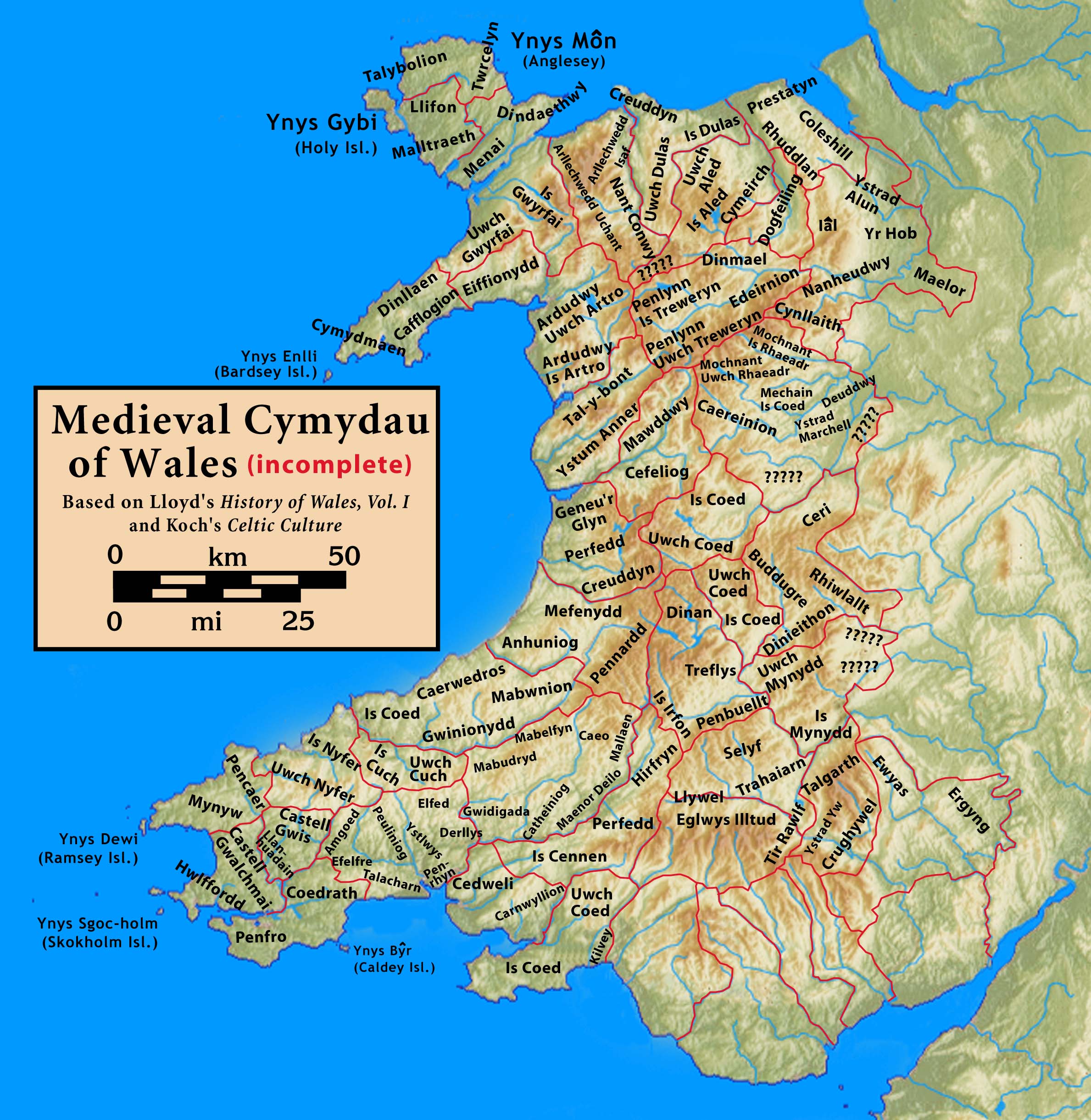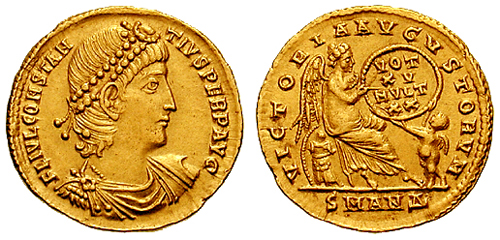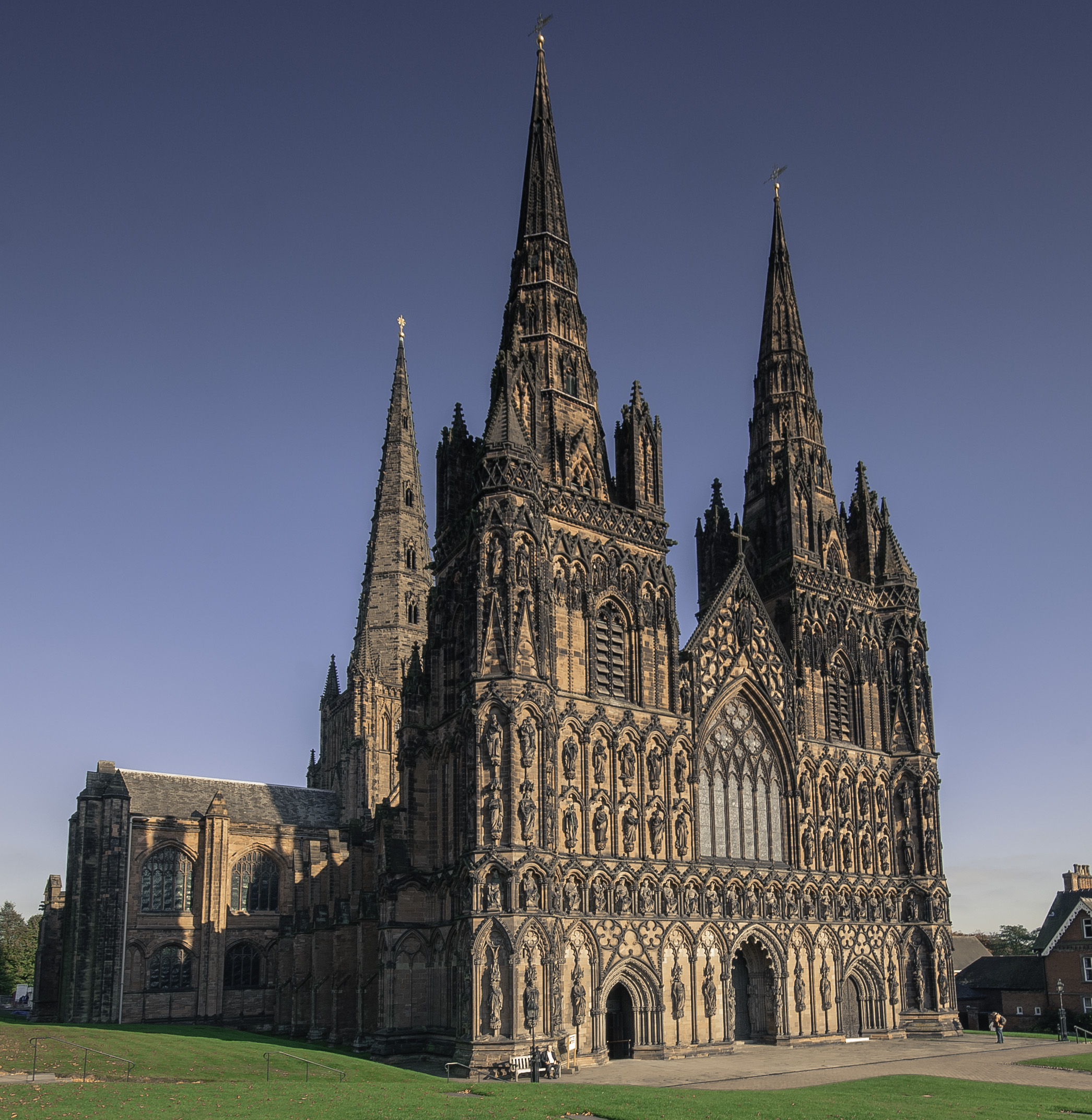|
Erbistock
Erbistock () is a village and community in Wrexham County Borough, Wales. The village lies on the banks of the River Dee. The community area, governed by Erbistock Community Council () also includes the small villages of Crabtree Green and Eyton; it had a total population of 409 at the 2001 census,Erbistock Community , Office for National Statistics falling to 383 at the 2011 Census. History Erbistock was one of the ancient s of the Lordship of Bromfield. In 1086 it was mentioned in the |
River Dee, Wales
The River Dee (, ) flows through North Wales and Cheshire, England. The majority of the river is located in Wales, with the stretch between Aldford and Saltney within England and two other sections forming the border between the two countries. The length of the section from Bala to Chester is . The river rises on Dduallt in Snowdonia and flows east through Bala Lake, Corwen, and Llangollen. It turns north near Overton-on-Dee and forms part of the England–Wales border before fully entering England near Aldford, north-east of Wrexham. It flows through Chester then re-enters Wales near Saltney; the final section is canalised and discharges to the Irish Sea via an estuary long. History The River Dee was the traditional boundary of the Kingdom of Gwynedd in Wales for centuries, possibly since its founding in the 5th century. It was recorded in the 13th century (in mainstream Middle English orthography, lacking the letters v and w) as ''flumen Dubr Duiu''; the name appe ... [...More Info...] [...Related Items...] OR: [Wikipedia] [Google] [Baidu] |
Denbighshire (historic)
Denbighshire (), or the County of Denbigh, was Historic counties of Wales, one of the thirteen counties of Wales that existed from 1536 until their abolishment in 1974. Located in the North Wales, north of Wales, it was created by the Laws in Wales Acts 1535 and 1542, Laws in Wales Acts 1535, enacted in 1536, by combining several marcher lordships. Denbighshire was a maritime county, with a coast to the north onto the Irish Sea. It was named after its original county town of Denbigh. Other towns included Abergele, Colwyn Bay, Llangollen, Llanrwst, Ruthin and Wrexham. The central part of the county included much of the Vale of Clwyd. The neighbouring counties (clockwise from east) were Flintshire (historic), Flintshire, Cheshire, Shropshire, Montgomeryshire, Merionethshire, and Caernarfonshire. Under the Local Government Act 1972, the use of Denbighshire for Local government in the United Kingdom, local government and Lord Lieutenant, ceremonial purposes ended on 1 April 1974, wi ... [...More Info...] [...Related Items...] OR: [Wikipedia] [Google] [Baidu] |
Maelor Gymraeg
The Maelor is an area of north-east Wales along the border with England. It is now entirely part of Wrexham County Borough. The name ''Maelor'' is an old Welsh word: it can be translated as "land of the prince", from ''mael'' ("prince") and ''llawr'' ("low ground", "region").Owen, Hywel Wynn (2017) ''Place-names of Flintshire'', Univ. of Wales Press, p.115 History The Maelor originated as a cantref of the Kingdom of Powys, focused on the monastic settlement of Bangor-on-Dee and containing the commotes of Maelor, Yale (Iâl), the Alyn Valley (Ystrad Alun) and Hope (Yr Hob). Most of the area fell under control of the Kingdom of Mercia during the eighth century, with Offa's Dyke delineating the new border. By the time of the 1066 Norman conquest of England, its eastern areas were recorded as held by Edwin, Earl of Mercia: they were later granted to the Norman magnate Hugh d'Avranches, Earl of Chester. The lands of the Maelor were only reincorporated in Powys during the reign of ... [...More Info...] [...Related Items...] OR: [Wikipedia] [Google] [Baidu] |
Flintshire (historic)
Flintshire (), also known as the County of Flint, was Historic counties of Wales, one of the thirteen counties of Wales that existed from 1536 until their abolishment in 1974. It was located in the North East Wales, north-east of Wales. Flintshire was first created in 1284 by the Statute of Rhuddlan, until all counties were re-organised in 1536 into the set of thirteen. Most of what was Flintshire was along the north-east coast of Wales, however the county was notable for having one of the few large List of county exclaves in England and Wales 1844 - 1974, county exclaves, the English Maelor (), to survive the Counties (Detached Parts) Act 1844. The administrative county of Flint was abolished under the Local Government Act 1972 on 1 April 1974, and became part of the new administrative area of Clwyd. The exclaves became part of Wrexham Maelor district – other parts formed the districts of Alyn and Deeside (district), Alyn and Deeside, Delyn (district), Delyn and Rhuddlan ( ... [...More Info...] [...Related Items...] OR: [Wikipedia] [Google] [Baidu] |
Erbin Of Dumnonia
Erbin of Dumnonia (Latin: Urbanus; c. 427 – c. 480) was a 5th-century King of Dumnonia (now Cornwall and Devon) and saint of Wales. Monarch Traditionally, Erbin was a King of Dumnonia, the son of Constantine Corneu and the father of Geraint. He was the brother of Digain, Saint Digain, founder of the church at Llangernyw. Erbin succeeded his father as King of Dumnonia around 443. Erbin chiefly appears in ''Geraint and Enid'', one of the Three Welsh Romances of the Mabinogion. In the romance of Culhwch and Olwen he is the father of Gereint, Dywel fab Erbin, Dywel, and Ermid, the latter two knights at Arthur's court at Celliwig. According to the ''Bonedd y Saint'', Cybi, Saint Cybi is Erbin's great-grandson through Cybi's father Salomon of Cornwall. In the Mabinogion he appears as an old king whose realm is subject to attacks from his enemies. He recalls his son from the court of King Artu to aid him in the war and restores the Dumnonian power, then abdicates in his son's ... [...More Info...] [...Related Items...] OR: [Wikipedia] [Google] [Baidu] |
Overton-on-Dee
Overton () or Overton-on-Dee is a village and Community (Wales), community in Wrexham County Borough, Wales. A former ancient borough, borough and market town, it is situated close to the England–Wales border, Welsh-English border on the edge of an escarpment that winds its way around the course of the River Dee, Wales, River Dee, from which Overton-on-Dee derives its name. The community of Overton, which also includes the village of Lightwood Green and a number of small hamlets including Knolton, had a total population of 1,276 at the 2001 census,Overton Community Office for National Statistics increasing to 1,382 at the 2011 Census. Geography Overton is from Wrexham and exactl ...[...More Info...] [...Related Items...] OR: [Wikipedia] [Google] [Baidu] |
Mercia
Mercia (, was one of the principal kingdoms founded at the end of Sub-Roman Britain; the area was settled by Anglo-Saxons in an era called the Heptarchy. It was centred on the River Trent and its tributaries, in a region now known as the Midlands of England. The royal court moved around the kingdom without a fixed capital city. Early in its existence Repton seems to have been the location of an important royal estate. According to the ''Anglo-Saxon Chronicle'', it was from Repton in 873–874 that the Great Heathen Army deposed the King of Mercia. Slightly earlier, Offa of Mercia, King Offa seems to have favoured Tamworth, Staffordshire, Tamworth. It was there where he was crowned and spent many a Christmas. For the three centuries between 600 and 900, known as Mercian Supremacy or the "Golden Age of Mercia", having annexed or gained submissions from five of the other six kingdoms of the Heptarchy (Kingdom of East Anglia, East Anglia, Kingdom of Essex, Essex, Kingdom of Kent, K ... [...More Info...] [...Related Items...] OR: [Wikipedia] [Google] [Baidu] |
GENUKI
GENUKI is a genealogy web portal, run as a charitable trust. It "provides a virtual reference library of genealogical information of particular relevance to the UK and Ireland". It gives access to a large collection of information, with the emphasis on primary sources, or means to access them, rather than on existing genealogical research. Name The name derives from the phrase "Genealogy of the UK and Ireland", although its coverage is wider than this. From the GENUKI website: Structure The website has a well defined structure at four levels. * The first level is information that is common to all "the United Kingdom and Ireland". * The next level has information for each of England (see example) Ireland, Scotland, Wales, the Channel Islands and the Isle of Man. * The third level has information on each pre-1974 county of England and Wales, each of the pre-1975 counties of Scotland, each of the 32 counties of Ireland and each island of the Channel Islands (e.g. Cheshire, County ... [...More Info...] [...Related Items...] OR: [Wikipedia] [Google] [Baidu] |
Edward I Of England
Edward I (17/18 June 1239 – 7 July 1307), also known as Edward Longshanks and the Hammer of the Scots (Latin: Malleus Scotorum), was King of England from 1272 to 1307. Concurrently, he was Lord of Ireland, and from 1254 to 1306 ruled Duchy of Gascony, Gascony as Duke of Aquitaine in his capacity as a vassal of the French king. Before his accession to the throne, he was commonly referred to as the Lord Edward. The eldest son of Henry III of England, Henry III, Edward was involved from an early age in the political intrigues of his father's reign. In 1259, he briefly sided with a baronial reform movement, supporting the Provisions of Oxford. After reconciling with his father, he remained loyal throughout the subsequent armed conflict, known as the Second Barons' War. After the Battle of Lewes, Edward was held hostage by the rebellious barons, but escaped after a few months and defeated the baronial leader Simon de Montfort at the Battle of Evesham in 1 ... [...More Info...] [...Related Items...] OR: [Wikipedia] [Google] [Baidu] |
Coventry
Coventry ( or rarely ) is a City status in the United Kingdom, cathedral city and metropolitan borough in the West Midlands (county), West Midlands county, in England, on the River Sherbourne. Coventry had been a large settlement for centuries. Founded in the early Middle Ages, its city status was formally recognised in a charter of 1345. The city is governed by Coventry City Council, and the West Midlands Combined Authority. Historic counties of England, Formerly part of Warwickshire until 1451, and again from 1842 to 1974, Coventry had a population of 345,324 at the 2021 census, making it the tenth largest city in England and the 13th largest in the United Kingdom. It is the second largest city in the West Midlands (region), West Midlands region, after Birmingham, from which it is separated by an area of Green belt (United Kingdom), green belt known as the Meriden Gap; it is the third largest in the wider Midlands after Birmingham and Leicester. The city is part of a larger ... [...More Info...] [...Related Items...] OR: [Wikipedia] [Google] [Baidu] |
Hilary Of Poitiers
Hilary of Poitiers (; ) was Bishop of Poitiers and a Doctor of the Church. He was sometimes referred to as the "Hammer of the Arians" () and the " Athanasius of the West". His name comes from the Latin word for happy or cheerful. In addition to his important work as bishop, Hilary was married and the father of Abra of Poitiers, a nun and saint who became known for her charity. Early life Hilary was born at Poitiers either at the end of the 3rd or beginning of the 4th century A.D. His parents were pagans of distinction. He received a good education, which included a high level of Greek. He studied, later on, the Old and New Testament writings, with the result that he abandoned his Neoplatonism for Christianity, and with his wife and his daughter, traditionally known as Saint Abra of Poitiers, was baptized and received into the Church. Arianism was becoming popular among Christians in this era and this theological position was supported by Constantine the Great. There were a ... [...More Info...] [...Related Items...] OR: [Wikipedia] [Google] [Baidu] |
Lichfield
Lichfield () is a city status in the United Kingdom, cathedral city and Civil parishes in England, civil parish in Staffordshire, England. Lichfield is situated south-east of the county town of Stafford, north-east of Walsall, north-west of Tamworth, Staffordshire, Tamworth, south-west of Burton upon Trent and 14 miles (22.5 km) north of Birmingham. At the time of the 2021 Census, the population was 34,738 and the population of the wider Lichfield District was 106,400. Notable for its three-spired medieval Lichfield Cathedral, cathedral, Lichfield was the birthplace of Samuel Johnson, the writer of the first authoritative ''A Dictionary of the English Language, Dictionary of the English Language''. The city's recorded history began when Chad of Mercia arrived to establish his Diocese of Lichfield, bishopric in 669 AD and the settlement grew as the ecclesiastical centre of Mercia. In 2009, the Staffordshire Hoard, the largest hoard of Anglo-Saxons, Anglo-Saxon gold and s ... [...More Info...] [...Related Items...] OR: [Wikipedia] [Google] [Baidu] |






